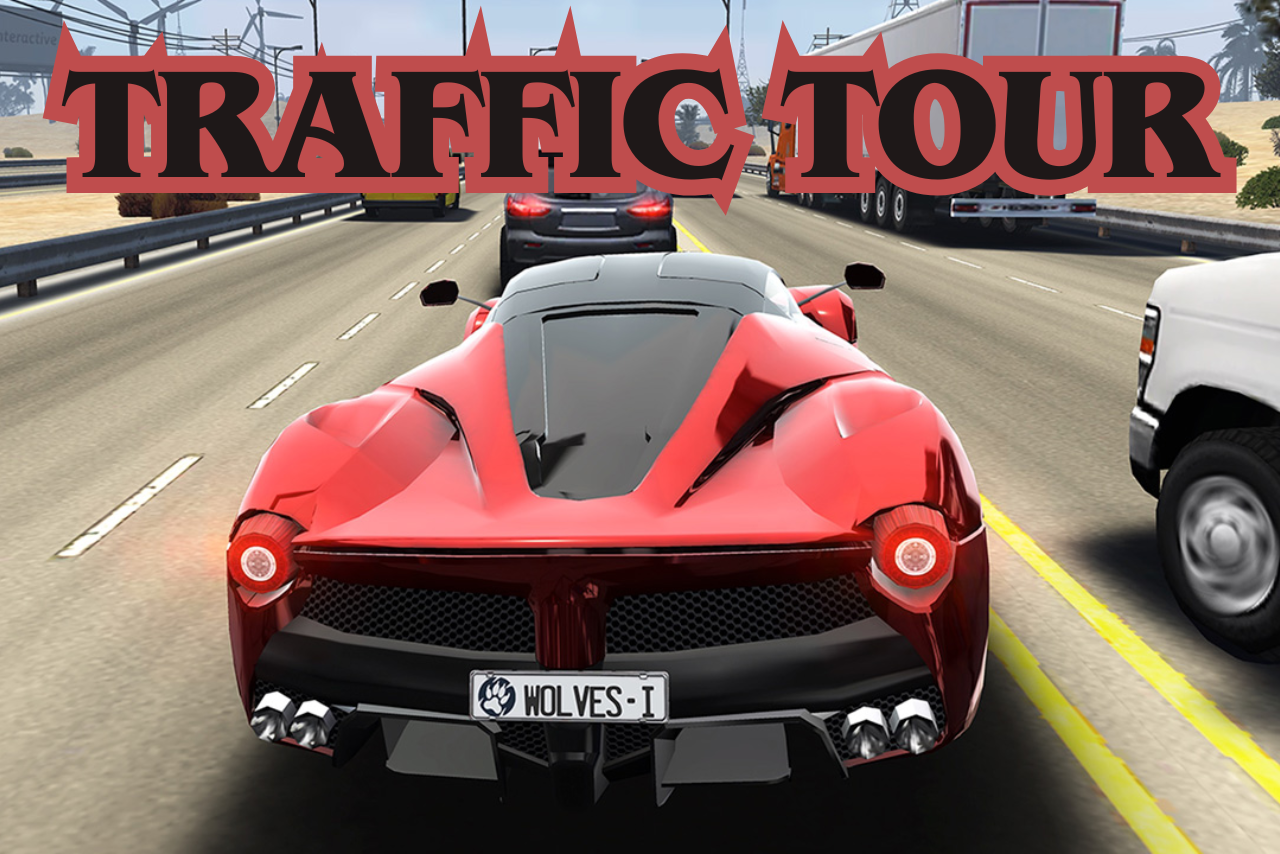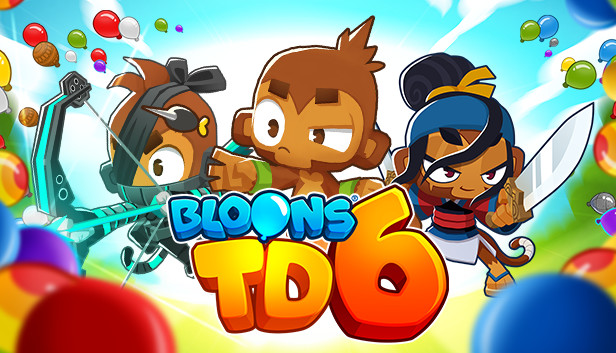Call of Duty: A Comprehensive Journey Through Time and Tactical Warfare
Introduction
Call of Duty has become a gaming phenomenon since its debut in 2003. With countless titles under its belt, spanning historical battles, modern warfare, futuristic combat, and battle royale experiences, the franchise has redefined what it means to engage players across platforms. This in-depth article explores the Call of Duty saga—its evolution, innovations, strengths and weaknesses, and its impact on gaming culture—offering expert insights, critical evaluation, and a holistic rating of the series.
1. The Birth of a Franchise (2003–2005: Call of Duty 1–2)
Origins and Innovation
Call of Duty debuted in October 2003, developed by Infinity Ward and published by Activision. It revolutionized WWII shooters through immersive storytelling, cinematic presentation, and squad-based AI. Missions shifted players across US, British, and Soviet fronts, capturing diverse wartime perspectives.
What Set It Apart
-
Authentic combat: Every soldier felt essential, not a mere AI bullet sponge.
-
Voice acting and cutscenes: Brought emotional weight and narrative cohesion.
-
Dynamic battlefield: The environment and objectives evolved in real time, enhancing drama.
Pros
-
Groundbreaking immersion
-
Multi-narrative storytelling in a cohesive campaign
-
Enhanced squad-based mechanics
Cons
-
Limited replayability after campaign completion
-
Sparse multiplayer modes compared to later entries
2. The Rise of Online Warfare (2005–2007: Call of Duty 3 & World at War)
Multiplayer Expansion
Call of Duty 3 continued the WWII trend, but it was World at War (2008) that reintroduced players to gritty theaters like Iwo Jima and Stalingrad. It also introduced a pioneering (for the series) zombie mode, igniting a beloved subfranchise.
Evolving Mechanics
-
Zombie mode: A co-op survival experience that became iconic.
-
Voice taunts and weapon recoil: Amped realism and tension.
Pros
-
Atmospheric depiction of brutal warfare
-
Zombies mode introduced fresh multiplayer variation
-
Improved weapon feel and audio design
Cons
-
Lacked the innovation of earlier campaigns
-
Some multiplayer maps felt uninspired
3. The Modern Warfare Revolution (2007–2011: Modern Warfare Trilogy)
A Shift in Setting
Call of Duty 4: Modern Warfare (2007) boldly pivoted from WWII to contemporary conflict. Its narrative centered on global terrorism, featuring iconic characters like Captain Price and villainous figures like Makarov.
Multiplayer Phenomenon
The introduction of killstreaks, perks, and progression unlocked a dynamic multiplayer model that defined FPS metrics of success.
Pros
-
Fresh and relevant contemporary setting
-
Deep customization and compelling progression systems
-
Cinematic single-player with emotional stakes
Cons
-
Glorified certain real-world conflicts controversially
-
Early iterations had balance problems
4. The Expansive Middle (2010–2013: Black Ops and MW3)
Black Ops Series
Black Ops (2010) dove into covert Cold War missions by the CIA in locales like Cuba and Vietnam.
Innovations
-
Wager Matches and Theater Mode: Added depth to multiplayer
-
Zombies evolution: Richer narrative and intricate maps
Pros
-
Rich conspiracy-driven storylines
-
Innovative multiplayer modes
-
Halloween-style horror in Zombies
Cons
-
Cold War setting felt repetitive
-
Campaign lacked strong moral tension
Modern Warfare 3 (2011)
MW3 concluded the Modern Warfare arc. The campaign delivered global-scale battles, but its narrative lacked the staying punch of its predecessors.
Pros
-
Spectacular cinematic intensity
-
Robust multiplayer with new perks and killstreaks
Cons
-
Story felt too similar to other modern shooter plots
-
Continuity fatigue among players
5. Modern Reinvention (2013–2015: Ghosts & Advanced Warfare)
Call of Duty: Ghosts (2013)
This entry diverged into original territory, depicting a future where the U.S. is weakened. A trained military dog, Riley, debuted.
Upsides
-
Unique canine companion
-
Multi-layered maps in competitive play
Cons
-
Campaign lacked franchise flavor
-
Multiplayer features felt derivative
Advanced Warfare (2014)
A leap forward—introducing the BOOSTER SYSTEM enabling players to jump higher and move faster. Led by Kevin Spacey as Jonathan Irons, the campaign turned heads.
Pros
-
Exoskeleton movement added new combat dynamics
-
Strong villain performance by Spacey
-
Exciting movement-based multiplayer
Cons
-
Futuristic gadgets polarized traditional players
-
Some perceived narrative as over-the-top
6. Return to Roots (2017–2019: WWII & Black Ops 4)
Call of Duty: WWII (2017)
A return to WWII with gritty realism, epic battlefields like Normandy, and emotional undertones centered around camaraderie.
Highlights
-
Authentic trenches, realistic resupply
-
Introduction of "War" mode: narrative-heavy multiplayer
-
Co-op Nazi Zombies mode with gripping lore
Pros
-
Emotional authenticity and team focus
-
Great map variety and cinematic multiplayer
-
Campfire WWII aesthetics and atmosphere
Cons
-
Multiplayer progression slower than usual
-
Narrow level design felt restrictive
Black Ops 4 (2018)
Breakthrough: No single-player campaign. Instead, focus on multiplayer and Zombies, plus the first-ever CoD battle royale—Blackout.
Pros
-
Streamlined multiplayer with Specialists
-
Deep Zombies universe
-
Inspired early battle royale experimentation
Cons
-
Campaign absence upset fans
-
Specialists polarized player dynamics
7. Universal Appeal (2020–2021: Modern Warfare Remastered, Cold War, Warzone)
Modern Warfare (2019 Reboot)
The rebooted Modern Warfare series (2019) brought a grounded, morally complex narrative and cross-platform multiplayer progression with Warzone support.
Pros
-
Cinematic and gritty contemporary campaign
-
Cross-play integration
-
Free-to-play Warzone drew massive audiences
Cons
-
Repetition of controversial themes
-
Competitive balance issues on console
Call of Duty: Black Ops Cold War (2020)
A direct return to Cold War intrigue: covert operations, mind control, and paranoia. Integration with Warzone continued.
Pros
-
Story highlighted Cold War subterfuge
-
Mix of classic mechanics and new innovations
-
Warzone synergies enhanced content variety
Cons
-
Multiplayer balancing was rocky at release
-
Campaign length was shorter than expected
8. Next-Gen Blitz (2021–2023: Vanguard & MW2 Remastered)
Call of Duty: Vanguard (2021)
A reimagining of WWII with a multinational narrative—covering missions across Eastern Front, Pacific sphere, and D-Day.
Pros
-
Diverse geographical settings
-
Enhanced crewing for custom loadouts
-
Continued Warzone integration
Cons
-
Critics noted lack of identity cohesion
-
Multiplayer balancing flawed at launch
Modern Warfare 2 (Remastered 2023 Campaign)
A faithful remake of the 2009 classic, focused on the campaign’s storyline rather than multiplayer.
Pros
-
Stunning evergeen graphics
-
Honored original tone with modern polish
-
Reinvigorated nostalgia
Cons
-
Lacks multiplayer and zombie modes
-
Price occasionally seemed steep
9. Panorama of Play (2023–2025: MW3 Reboot & Warzone 2.0)
Modern Warfare III (2023 Reboot)
The modern trilogy reached its climax with MW3 Reboot, weaving threads from its predecessors into a final act of global threat.
Pros
-
Refined gunplay and feedback systems
-
Unified narrative arcs and character depth
-
Enhanced Warzone 2.0 synergy
Cons
-
Some ongoing narrative fatigue
-
Premium cost concerns remain a barrier to entry
Warzone 2.0 (2022–Present)
Free-to-play battle royale and DMZ modes expanded the universe, introducing loadout-based strategy and PvPvE zones.
Pros
-
Massive live-service support and seasonal content
-
Strategic depth with contracts, looting layers, and vehicles
-
DMZ mode offers diverse experience beyond battle royale
Cons
-
New mechanics may alienate casual players
-
Matchmaking and server stability still need refinement
10. The Future: AI, Augmented Realities & Community Expansion
Technological Trends
-
AI-powered matchmaking and training for advanced player engagement
-
Augmented reality possibilities for immersive map overlays
-
Cloud gaming and streaming-first optimization for consoles and PCs
Community Focus
-
Cross-platform continuity continues to thrive
-
User-generated content or mod tools may expand community contributions
-
Global esports projected to remain central—CoD League and Majors becoming bigger
Overall Rating: Call of Duty Series
Taking into account each element—story, gameplay, innovation, community, longevity—the Call of Duty franchise earns a 4.5 out of 5 stars. Its pioneering multiplayer modes, cinematic campaigns, and global community dominate the FPS landscape. Drawbacks stem from repetition in themes, balancing hiccups, and monetization strategies in some titles. Yet, the series excels in delivering adrenaline-filled, engaging experiences.
Conclusion
From its WWII origins to realistic modern warfare, futuristic combat, and expansive battle royale ecosystems, Call of Duty has proven a powerhouse of evolution and influence. With each installment, the series experiments—sometimes boldly, sometimes conservatively—but consistently maintains immersive gameplay, storytelling finesse, and online community vitality. While debates over themes, monetization, and balance persist, the franchise’s legacy is undeniable.
For both veterans and newcomers, Call of Duty offers a journey that’s both familiar and unpredictable—the mark of a franchise that fires on all cylinders. Whether you play for cinematic single-player tales, high-stakes competitive multiplayer, cooperative zombie survival, or massive free-to-play warzones, there’s a Call of Duty for everyone—continually redefining what it means to "drop in hot."






























